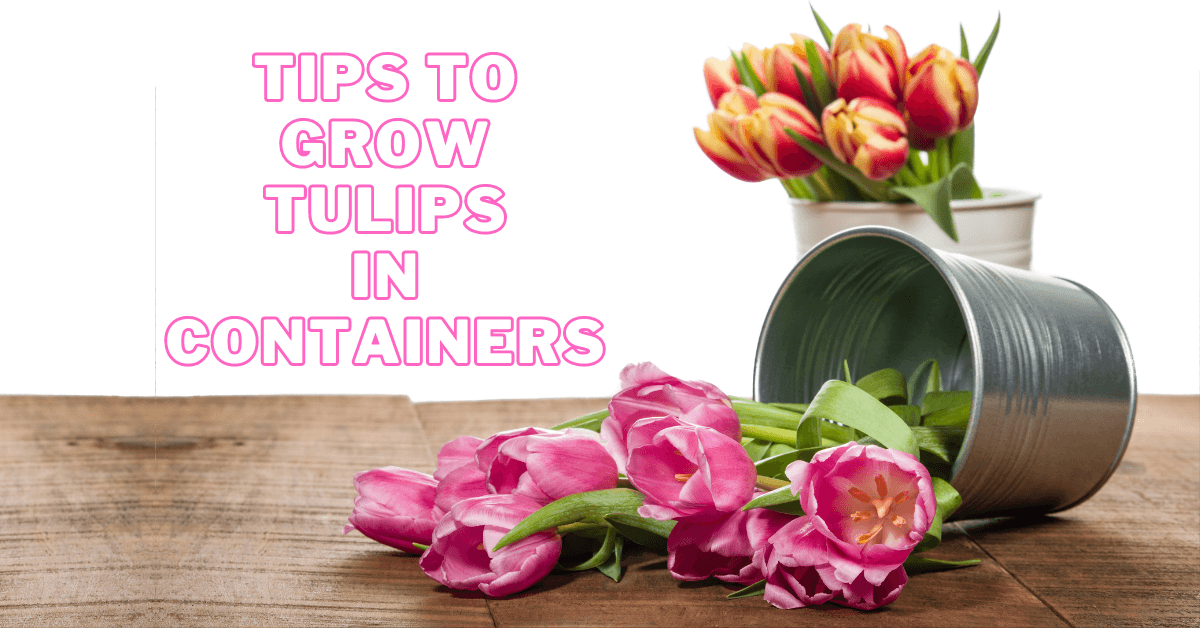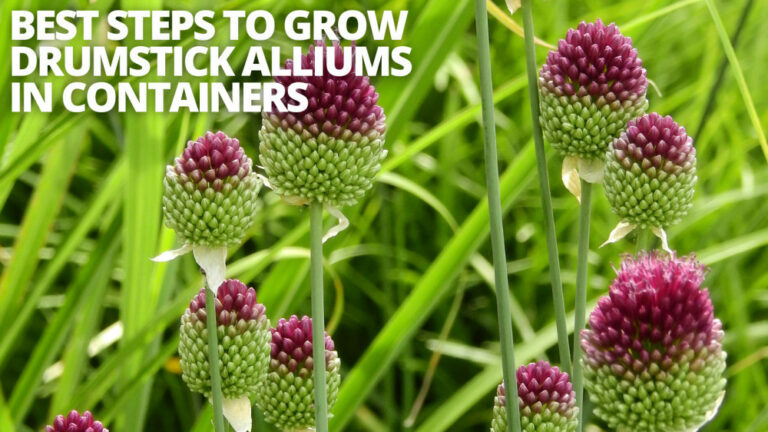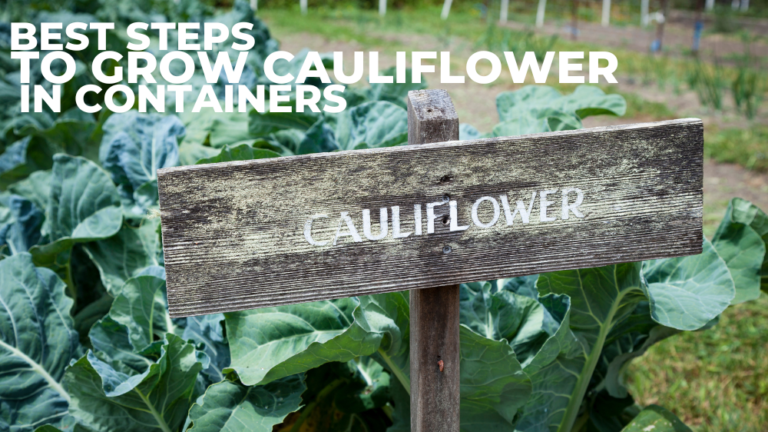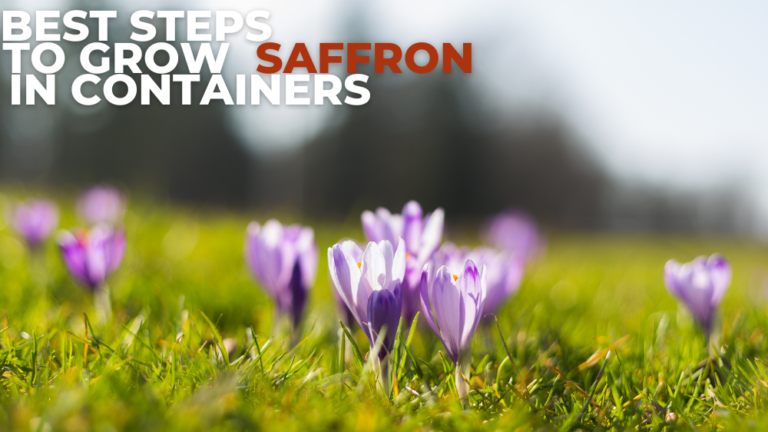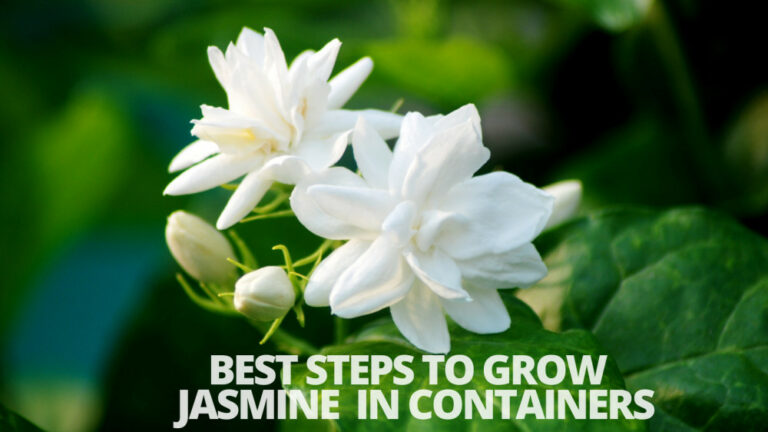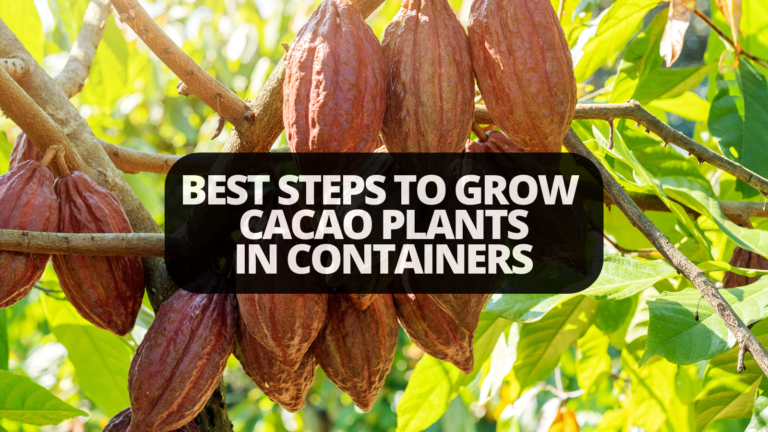Best Tips To Grow Tulips In Containers
Best Tips To Grow Tulips In Containers
Tulips are renowned for their vibrant colours and elegant blooms, making them a favorite choice for gardeners looking to add a touch of beauty to their outdoor spaces.
While traditionally planted in garden beds, growing tulips in containers offers a versatile and space-saving alternative, perfect for those with limited gardening space or those looking to create stunning focal points on patios, balconies, or even indoors.
In this article, we will explore the art of cultivating tulips in containers, providing expert tips and guidance to help you successfully nurture these iconic flowers in a confined environment.
Discovering the tips to grow tulips in containers unlocks possibilities, allowing seasoned gardeners and novice enthusiasts to bring vibrant colours and charming blooms to any outdoor or indoor space with a space-saving and versatile alternative.
Whether you're a seasoned gardener or a novice enthusiast, growing container tulips opens up a world of possibilities for adding colour and charm to any outdoor or indoor space.
Benefits Of Growing Tulips In Containers
Growing tulips in containers offers several benefits, making it a popular choice for gardeners seeking versatility and aesthetic appeal in their outdoor spaces. Here are some key advantages:
1. Space Efficiency
Containers provide a space-efficient solution, making tulips ideal for small gardens, balconies, patios, or indoor settings. This keeps the beauty of tulips accessible to gardeners with limited space.
2. Design Flexibility
Containers allow experimentation with various tulip varieties, colours, and arrangements. Gardeners can easily change the layout and design of their tulip display to suit their preferences or seasonal themes.
3. Climate Control
Containers enable better control over soil conditions and temperature, particularly in regions with challenging climates. This is advantageous for tulips, which may require specific conditions for optimal growth.
4. Prevention Of Pests And Diseases
Container gardening can help protect tulips from soil-borne pests and diseases. This controlled environment reduces the risk of bulb rot and fungal infections, promoting healthier tulip growth.
5. Easy Maintenance
Containers make it easier to manage tulip care, including watering, fertilizing, and pest control. Gardeners can monitor and address the needs of their tulips more conveniently in a contained space.
6. Extended Blooming Season
Containers allow for strategic placement, enabling gardeners to move tulips to different locations based on sunlight and temperature. This can extend the blooming season, providing a more prolonged display of colourful flowers.
7. Indoor Enjoyment
Growing tulips in containers allows for indoor cultivation, bringing the beauty of these flowers into homes. This is especially helpful in areas where the weather is severe.
8. Easy Replacement
Containers make it simple to replace tulip bulbs when needed, ensuring a continuous and vibrant display without disturbing the entire garden bed.
By leveraging these benefits, gardeners can enjoy tulips' versatility and visual impact while overcoming space constraints and tailoring the growing environment to the specific needs of these iconic spring flowers.
Exploring The Tips To Grow Tulips In Containers
Growing tulips in containers can be rewarding, providing vibrant colour in confined spaces. Here are some essential tips to ensure successful cultivation:
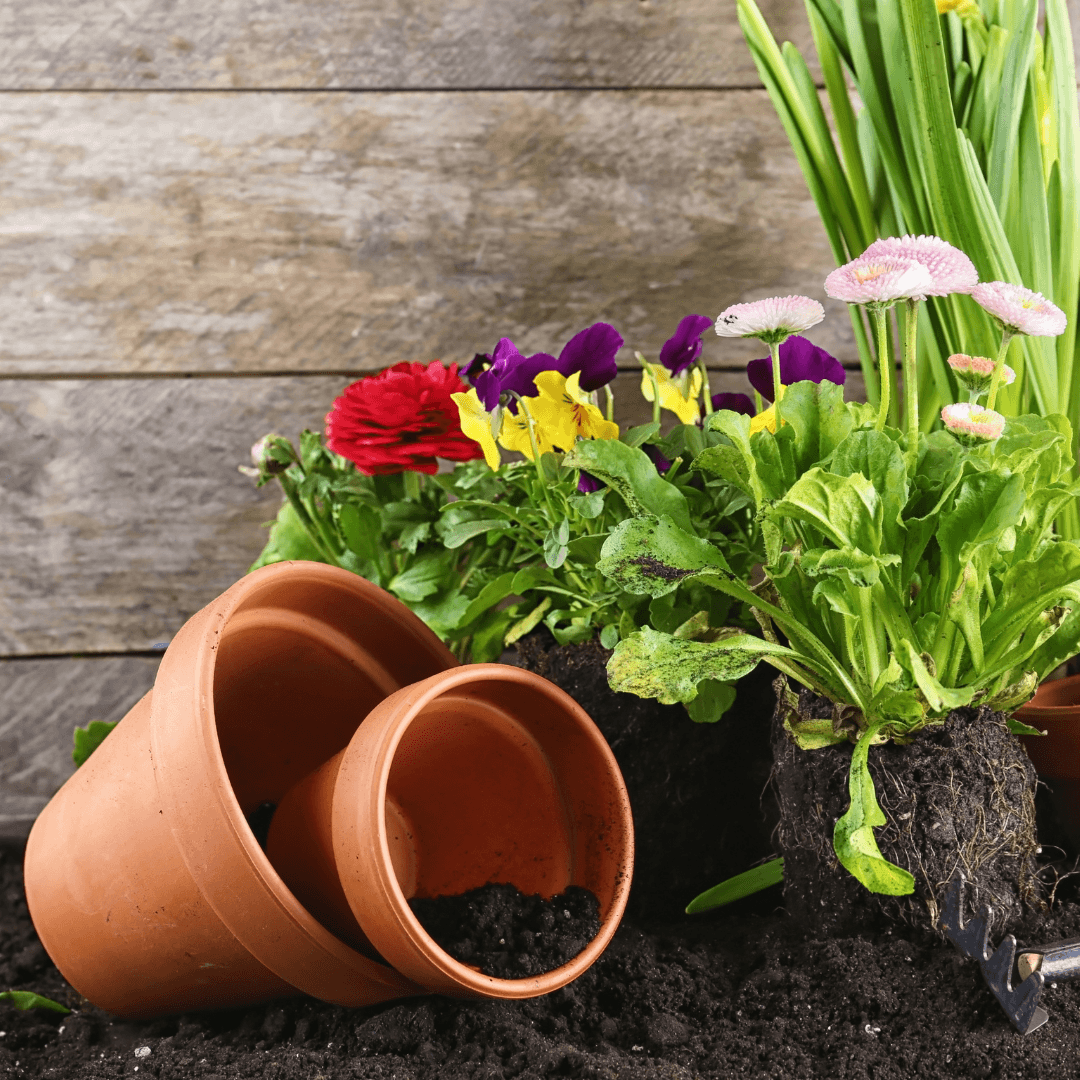
1. Choose The Right Containers To Grow Tulips
Choosing the right containers is fundamental in successfully growing tulips. Tulip bulbs are especially sensitive to standing water, so select roomy containers with plenty of drainage holes to allow for appropriate water drainage and avoid waterlogging.
Well-draining containers are essential for maintaining optimal soil conditions and preventing root rot.
When selecting containers, consider the number of tulip bulbs you plan to plant, ensuring ample space for them to grow and spread their roots.
The container size also impacts the overall aesthetic of your tulip display, so choose containers that complement your garden or outdoor space.
To create the best environment for your tulips, put aesthetics and functionality first, regardless of whether you use decorative ceramic planters, contemporary plastic containers, or classic terra cotta pots.
This thoughtful selection sets the stage for healthy bulb development and vibrant tulip blooms in your container garden.
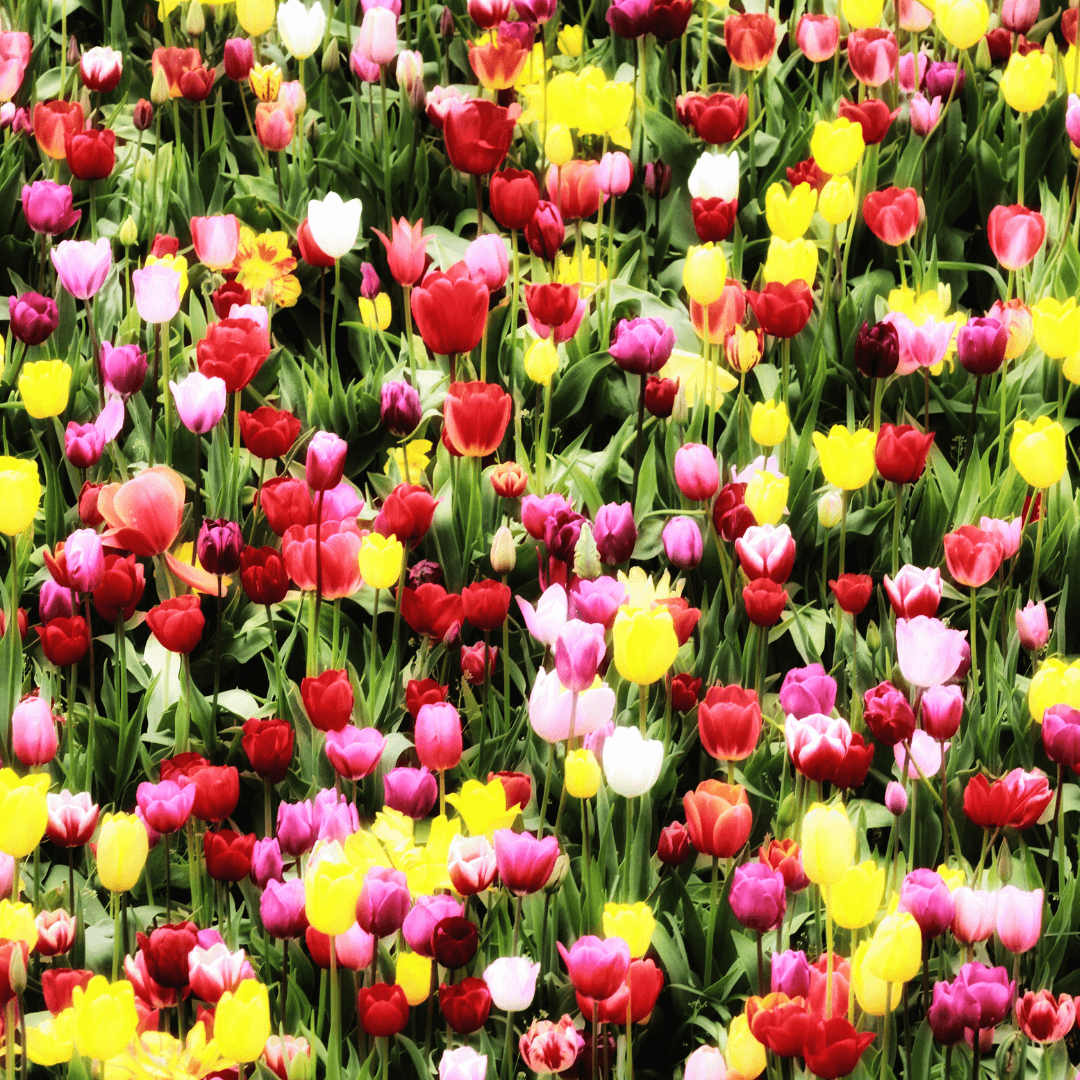
2. Selective Variety Of Tulips
When exploring tips to grow tulips in containers, selecting selective varieties tailored for confined spaces ensures a successful and visually striking display, bringing beauty and charm to your outdoor space.
Compact or dwarf varieties are ideal choices, as they typically have shorter stems and more sturdy structures, making them better equipped to support the weight of the blooms without drooping or bending.
These varieties often exhibit a more compact growth habit, which is advantageous for container cultivation, as it allows for tighter spacing and a more visually appealing display.
Additionally, compact tulip varieties tend to be more proportionate than the container, creating a harmonious balance between the plant and its surroundings.
Look for tulip cultivars labelled as suitable for containers or patio pots, as these are specially bred to perform well in confined growing conditions.
Choosing selective varieties tailored to container gardening ensures a successful and visually striking tulip display that brings beauty and charm to your outdoor space.
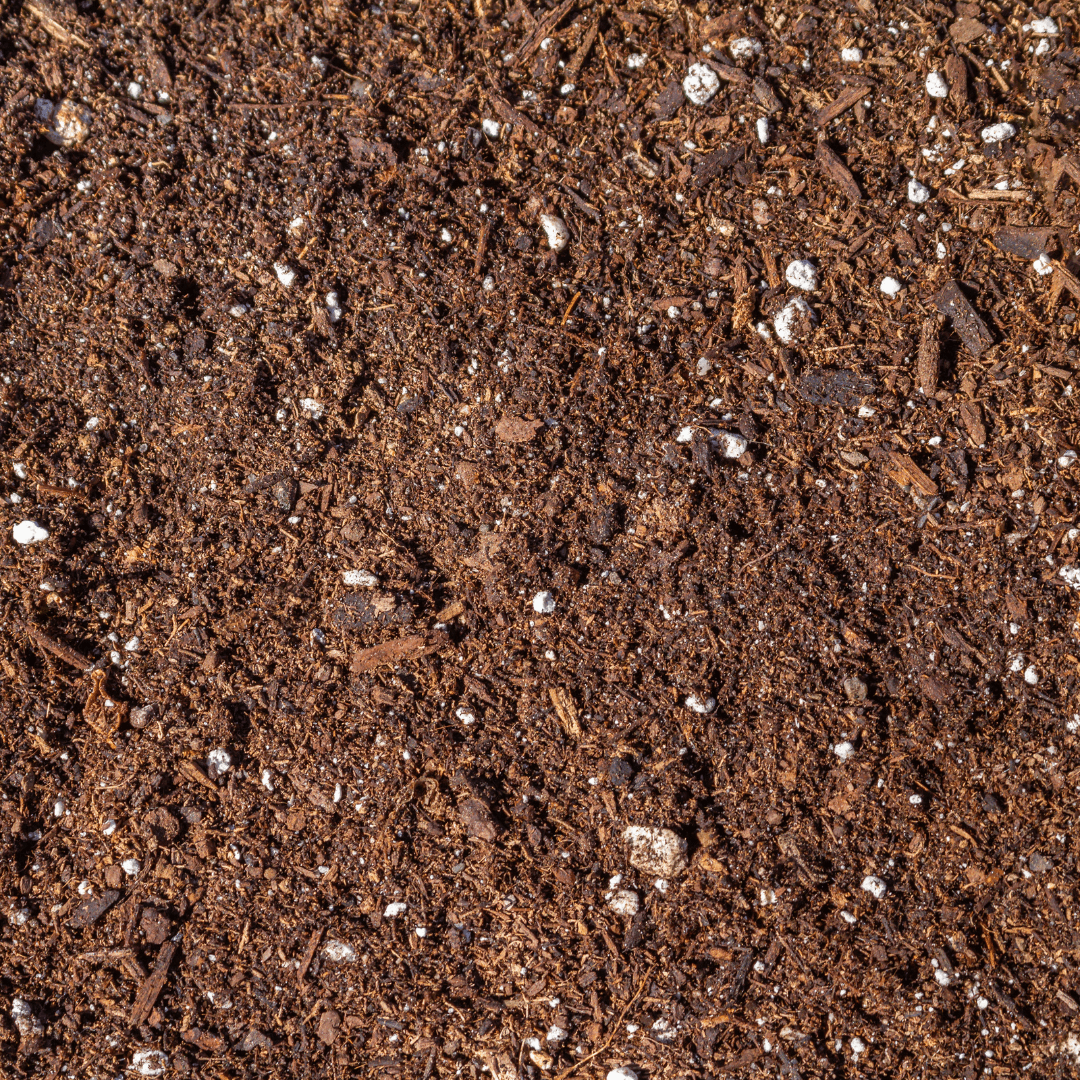
3. Quality Potting Mix For Tulips In Containers
Choosing a premium potting mix is a crucial step in ensuring the success of your tulips in containers. Invest in a well-draining potting mix specifically formulated for bulbs.
This type of mix provides the ideal combination of nutrients, aeration, and drainage essential for the healthy development of tulips. These mixes are designed to offer the right balance, preventing issues like waterlogging that can lead to bulb rot.
Garden soil should never be used in containers because it compacts inside the pot, prevents healthy root development, and generally lowers soil aeration.
High-quality potting mixes contribute to the overall vitality of your tulips, providing them with optimal conditions for robust growth, vibrant blooms, and a stunning display in your container garden.
Choosing the right potting mix is key to creating a conducive environment for your tulips to flourish and thrive throughout the growing season.
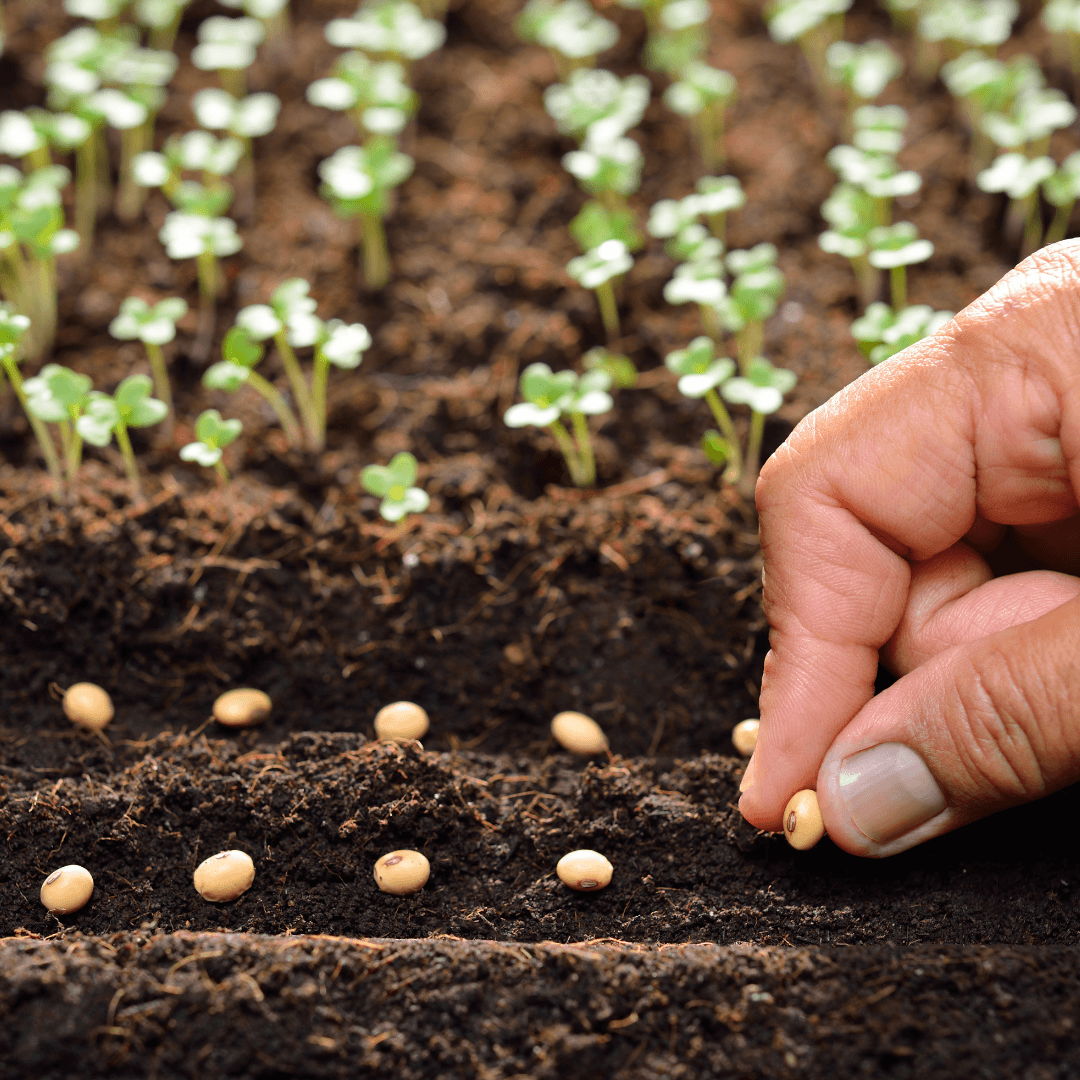
4. Proper Planting Depth For Tulips
Regarding tips for growing tulips in containers, ensuring the appropriate planting depth specific to your tulip variety is essential for their growth.
This will promote strong root development and stability for vibrant blooms throughout the growing season. Following the guidelines for your tulip variety is crucial, as planting depth can vary depending on the cultivar.
Tulip bulbs should be planted approximately 6 to 8 inches deep in the container soil. Planting at the correct depth provides several benefits, including promoting strong root development and stability for the tulip plants.
When bulbs are planted too shallow, they may not establish a robust root system, leading to instability and susceptibility to tipping over.
Conversely, planting bulbs too deep can hinder their ability to emerge properly, potentially impacting their growth and bloom development.
Adhering to the recommended planting depth creates optimal conditions for your tulips to thrive. This ensures they receive the necessary support and nutrients to produce healthy foliage and vibrant blooms throughout the growing season.

5. Sunlight Exposure To Grow Tulips In Containers
The location you choose is essential for your tulip containers to be healthy and successful in flowering.
Growing bright and robust tulips requires the right amount of sunshine. Tulips prefer full sun, so pick a spot that receives at least six hours of direct sunlight daily.
Adequate sunlight is essential for photosynthesis, enabling the tulips to produce energy and nutrients for their growth and blooming stages.
Placing your containers in a sunny location encourages strong stem development, sturdy blooms, and intense flower colours. While tulips can tolerate partial shade, full sun exposure ensures the best results and a more vigorous display.
Remember that sunlight patterns vary throughout the day, so observe and choose a location that receives consistent sunlight to promote optimal growth and the stunning visual impact of your tulip container garden.

6. Watering Consistency For Container Tulips
Consistent and careful watering practices are essential for cultivating container tulips and for mastering tips for growing tulips in containers.
This ensures steady soil moisture levels throughout the growing season, which promotes healthy root development and prevents issues like root rot.
During the growing season, it is crucial to maintain a steady level of soil moisture, ensuring that the tulip bulbs receive adequate hydration without being waterlogged.
Tulips prefer evenly moist soil but not saturated, promoting healthy root development and preventing root rot.
It's important to adjust your watering routine based on the specific needs of tulips during different stages of their growth cycle.
While tulips are actively growing, they benefit from slightly moist soil, but as they enter their dormant period, they prefer a drier environment.
Reduce watering during dormancy to avoid overhydration. This will allow the bulbs to rest and store energy for the next growing season.
By providing consistent and appropriately adjusted moisture levels, you contribute to the overall well-being of your tulips, ensuring they receive the right conditions for optimal growth, blooming, and dormancy.
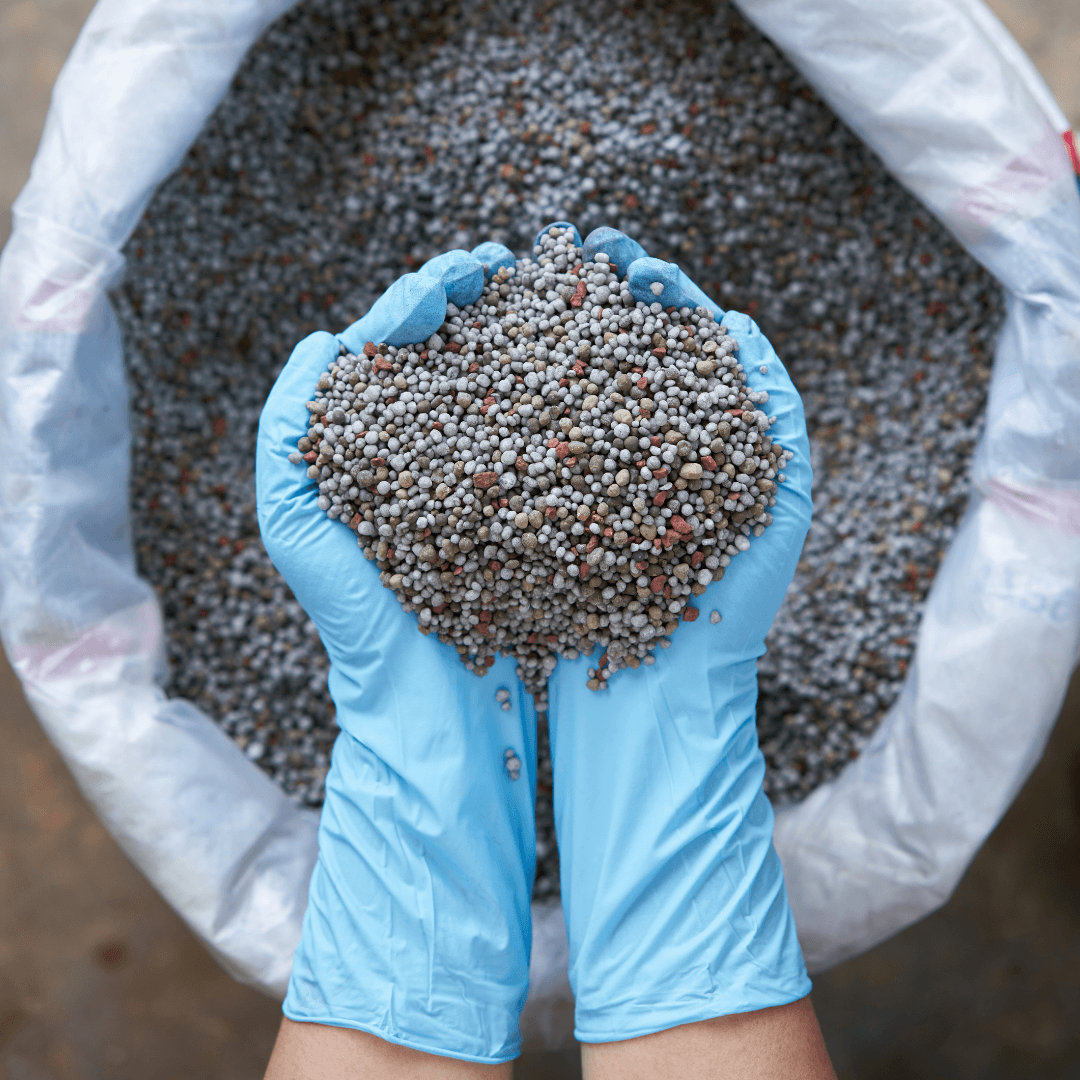
7. Fertilize Tulip Plants Strategically
Strategic fertilization is key to nurturing thriving tulips in containers. When planting the tulip bulbs, begin by applying a balanced, slow-release fertilizer, ensuring they receive the essential nutrients needed for initial root development and early growth.
As the tulip shoots emerge, provide a second round of fertilizer, following the package instructions carefully to avoid over-fertilization.
Excessive fertilizer can lead to weak and floppy stems, compromising the overall strength and appearance of the tulip plants.
Balancing nutrient intake is crucial, and a slow-release formula ensures a steady and sustained supply of nutrients over time.
Adhering to a strategic fertilization schedule supports robust tulip growth, vibrant blooms, and healthy foliage.
It is essential to recognize the specific nutritional needs of tulips at different stages of their growth cycle.
This allows you to provide targeted fertilization that enhances their overall vitality and aesthetic appeal in the container garden.
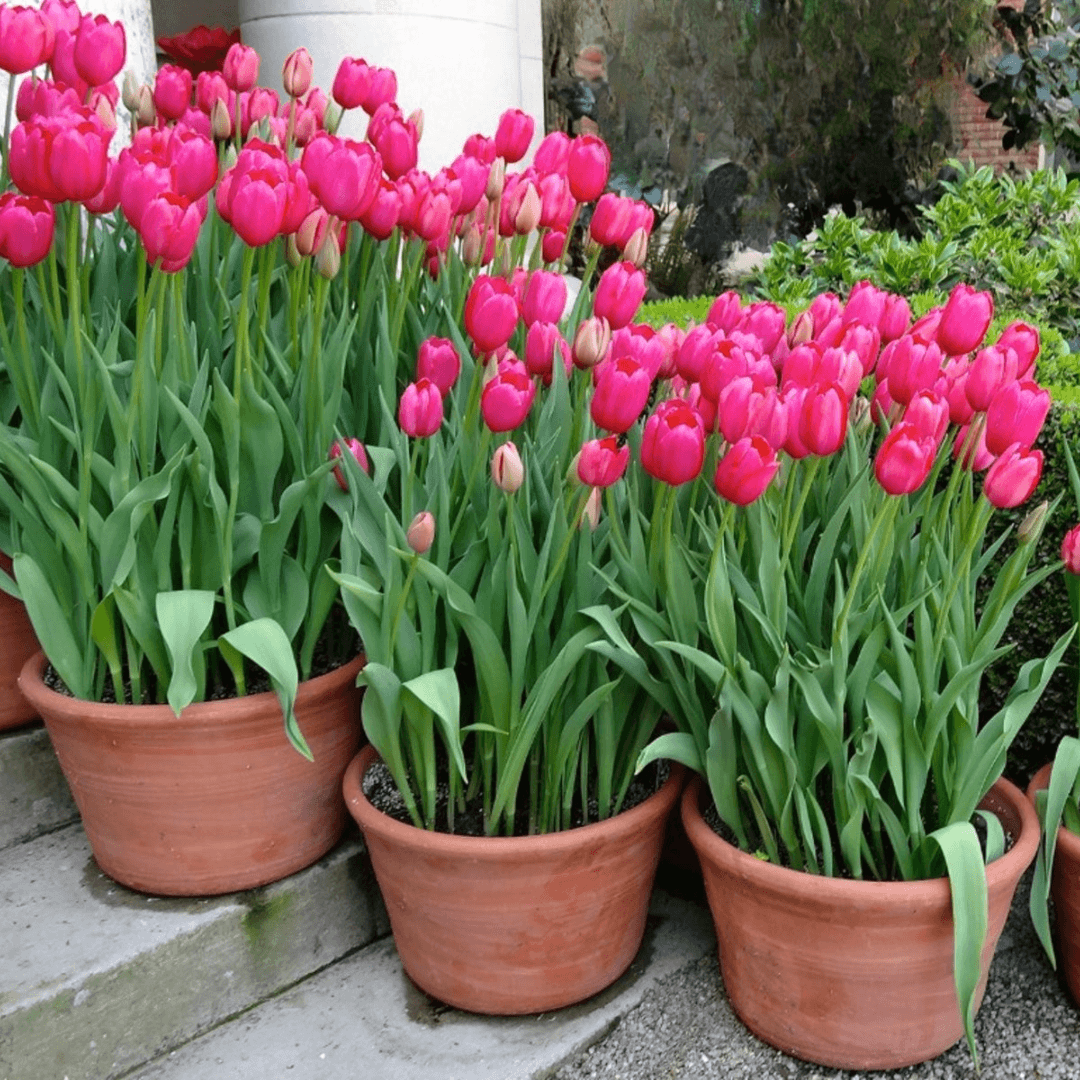
8. Protect Container-Grown Tulips From Frost
Protecting your container-grown tulips from late spring frosts is crucial for preserving their delicate buds.
When frost is forecasted, take preemptive measures by covering the containers with frost blankets or relocating them to a sheltered spot overnight.
This safeguards the tender tulip buds from the detrimental effects of frost, such as browning or damage, ensuring the continuation of their growth and eventual blooming.
The frost blankets act as a protective barrier, preventing the cold temperatures from directly impacting the tulips.
Moving the containers to a sheltered location also shields them from the harsh elements during the critical period when the buds are most susceptible to frost damage.
By staying vigilant about potential frost events and implementing these protective strategies, you safeguard the beauty of your tulip blooms.
This allows them to flourish and grace your container garden with their vibrant colours and elegant presence.
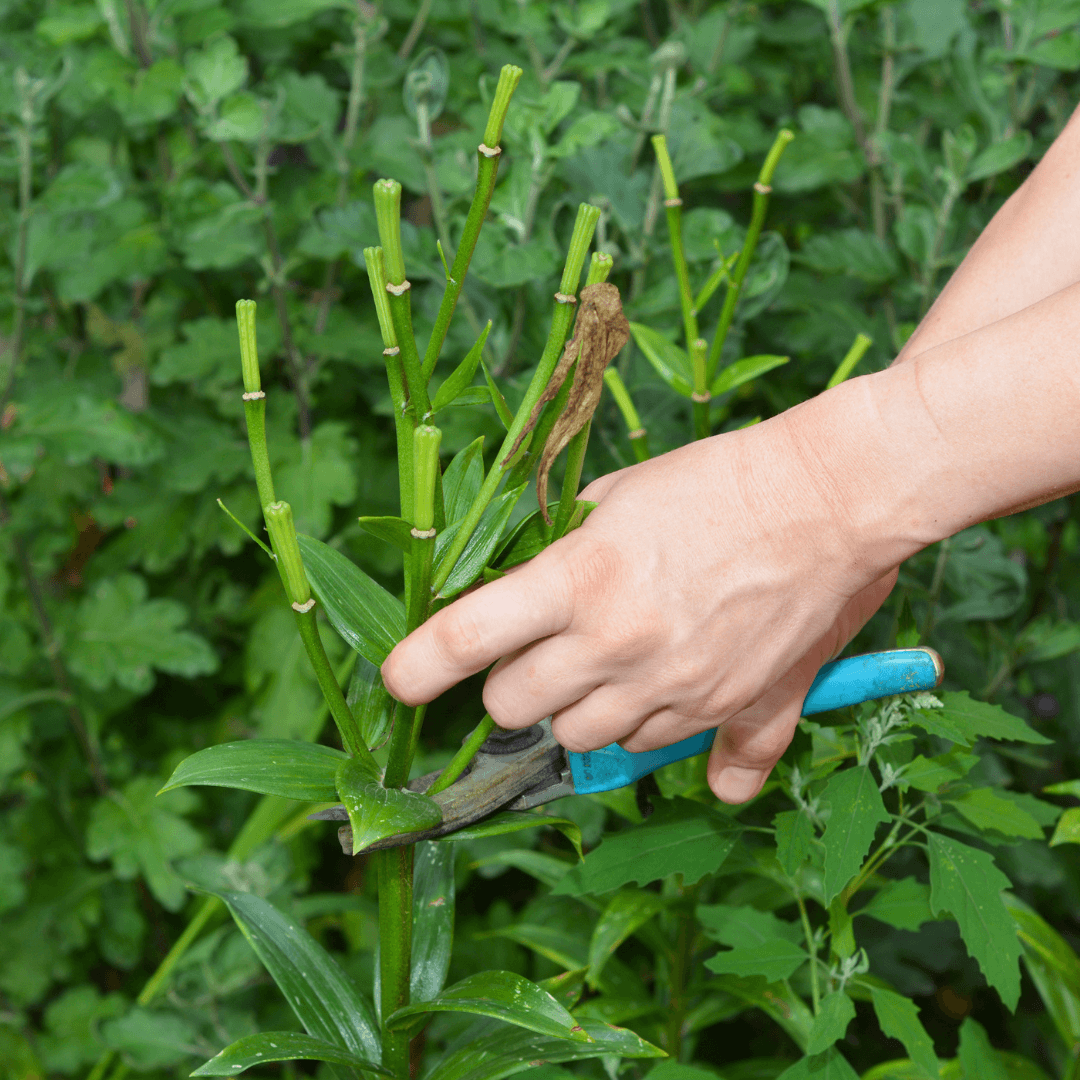
9. Deadhead Your Tulips Wisely
Deadheading your tulips ensures their continued vitality and aesthetic appeal in your container garden.
Promptly remove spent flowers by snipping the stems just above the leaves, redirecting the plant's energy towards bulb development rather than seed production.
This meticulous deadheading enhances the overall appearance of your tulip containers and contributes to the bulbs' health and longevity.
By preventing the formation of seeds, you encourage the tulips to focus on storing nutrients for the next growing season, promoting robust bulb development.
This practice also maintains a tidy and well-groomed appearance in your container garden, allowing the remaining blooms to shine without the distraction of fading flowers.
Including deadheading in your tulip care regimen is a straightforward yet efficient technique for extending the beauty and life of your container-grown tulips and guaranteeing a breathtaking display of colourful blooms every year.
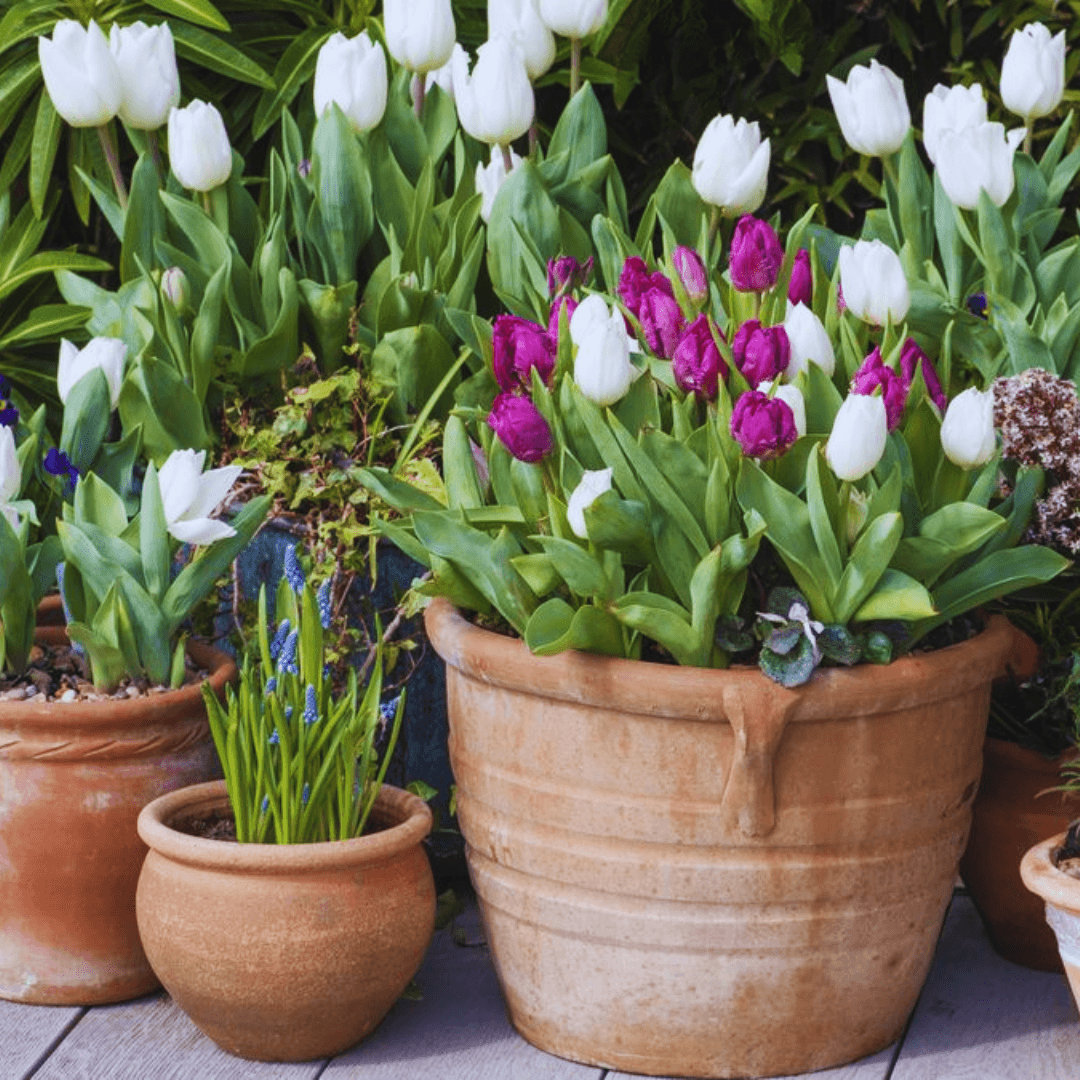
10. Rotate Containers With Tulip Plants
One essential tip for growing tulips in containers is to rotate them periodically to ensure all sides receive equal sunlight. This promotes upright and balanced growth and prevents the tulips from leaning or stretching toward the light source.
Regularly turning the containers ensures that all sides of the plants receive equal exposure to sunlight. This prevents the tulips from leaning or stretching towards the light source, promoting upright and balanced growth.
Uneven exposure can result in asymmetrical growth patterns and may lead to stems leaning or bending. Regularly rotating your containers creates a more uniform and visually appealing display of tulips. This practice is particularly important in areas where sunlight may be limited or where the light source is directional.
Rotating your tulip containers is a simple yet effective way to improve the aesthetic appeal and health of your container-grown tulips, ensuring a beautiful and well-balanced display throughout their blooming period.
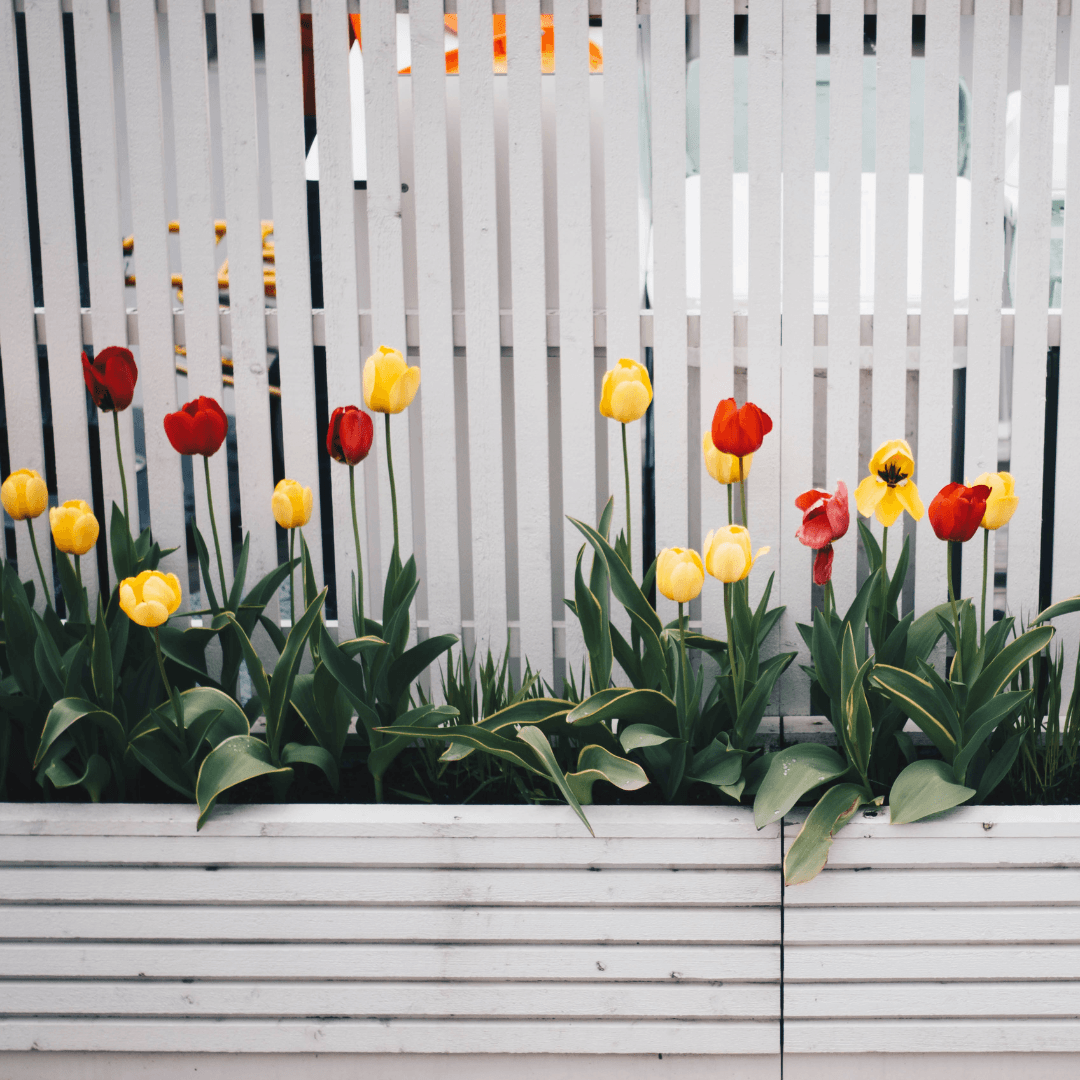
11. Companion Planting Tulips
Companion planting is one of the strategic tips for growing tulips in a container garden. It creates a harmonious and captivating display that showcases tulips' unique charm alongside their compatible companions.
When selecting companions, consider both colour harmony and growth habits. Low-growing annuals or perennials can be excellent choices to accompany tulips, providing a diverse and visually appealing display.
For instance, marigolds, pansies, or violas often complement tulips with their vibrant colours and compact stature.
Combining tulips with ground cover plants adds visual interest and helps create a fuller and more textured container garden.
Additionally, companion plants can contribute to soil health and pest management, creating a more balanced and resilient growing environment for your tulips.
Experimenting with different companion plant combinations allows you to personalize your container garden.
This creates a harmonious and captivating display that showcases tulips' unique charm alongside their compatible companions, contributing to soil health and pest management for your tulips grown in containers.

12. Pest Watch For Tulips In Containers
A pest watch is essential to caring for tulips in containers to ensure their health and vitality. Common pests affecting tulips include aphids and bulb-feeding rodents like mice or voles.
Regularly monitoring the foliage and soil in your containers is crucial to detecting early signs of pest infestation.
If you notice aphids on the foliage or signs of rodent activity around the bulbs, take immediate action to address the issue.
Natural solutions such as neem oil can be effective against aphids, offering a safe and environmentally friendly pest control method.
Additionally, implementing preventive measures like placing mesh barriers around the containers or using rodent deterrents can help protect your tulip bulbs from pests.
By remaining vigilant and proactive in pest management, you can safeguard your container-grown tulips and ensure they thrive throughout the growing season.

13. Colourful Tulip Flower Combinations
Selecting tulip varieties with varying flowering periods is one of the key tips for growing tulips in containers.
This ensures a prolonged display of colours and creates a vibrant and visually appealing landscape throughout the blooming season.
To achieve a prolonged display of colours, choose a mix of tulip varieties with varying flowering periods.
Early-blooming tulips can kick off the spring display, followed by mid-season and late-blooming varieties.
This strategic selection ensures a continuous and evolving burst of colours throughout the tulip blooming season.
Imagine the dynamic transformation of your container garden, with hues transitioning from early spring pastels to bold and bright tones later in the season.
This intentional mix extends the visual interest and creates a captivating and ever-changing landscape.
Experimenting with complementary colour combinations adds depth and richness to your tulip container garden, turning it into a stunning focal point in your outdoor space.

14. Harvest Tulip Bulbs After Blooming
After the stunning display of tulip blooms has concluded, it's essential to consider the post-blooming care for the bulbs to ensure their health and readiness for the next growing season.
Once the tulip foliage has naturally withered and turned brown, carefully lift the bulbs from the container.
After gently shaking off any extra dirt, look for damage or disease indications on the bulbs. The bulbs must completely dry in a cool location before storing them.
When they're drying, keep them out of the direct sun. After the bulbs are dry, store them in a mesh bag or breathable container.
Keep the bulbs in a cool, dark location until the next planting season. Proper handling and storage of tulip bulbs after blooming contribute to their longevity and vitality, ensuring you can enjoy a spectacular tulip display year after year in your container garden.
Conclusion
In conclusion, growing tulips in containers presents a rewarding gardening experience, allowing enthusiasts to enjoy vibrant blooms in limited spaces, with expert tips ensuring healthy and thriving plants that adorn outdoor areas with dazzling colours and elegance.
In conclusion, by following the expert tips to grow tulips in containers, you can create a flourishing and visually captivating garden that brings the beauty of vibrant blooms to even the smallest of spaces.
Furthermore, the versatility of tulips allows for creative experimentation with colours, varieties, and combinations, enabling you to design stunning displays that captivate and inspire.
As you embark on your tulip-growing journey, remember to savour each moment and appreciate the beauty these beloved flowers bring to your outdoor living spaces.
With patience, care, and creativity, your tulip container garden will flourish season after season, delighting you and your visitors with charm and splendour.
I trust you enjoyed this article on the Best Tips To Grow Tulips In Containers. Please stay tuned for more blog posts soon. Take care!
JeannetteZ
>>>Please click here to read my all-inclusive article about Container Gardening<<<
>>>Are you interested in homegrown herbs and medicine? Please click here to find out more about it!<<<
Your Opinion Is Important To Me
Do you have thoughts, ideas, or questions? I would love to hear from you. Please leave me your questions, experiences, and remarks about this Best Tips To Grow Tulips In Containers article in the comments section below. You can also reach me by email at Jeannette@Close-To-Nature.org.
Disclosure
This post may contain affiliate links. As an Amazon Associate and other affiliate programs, I earn from qualifying purchases at no extra cost to you. Please read my full affiliate disclosure.
You might also enjoy these blog posts:
Best Tips To Grow Snowdrops In Containers
Best Tips To Grow Slippery Elm In Containers
Best 10 Tips For Managing Stress

